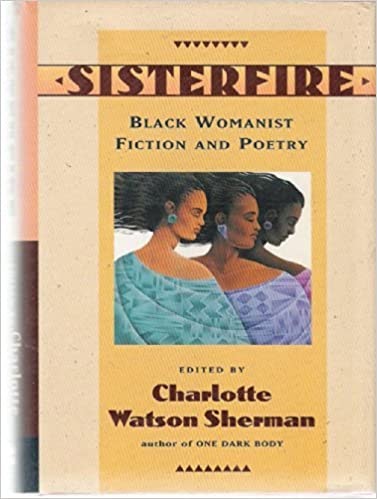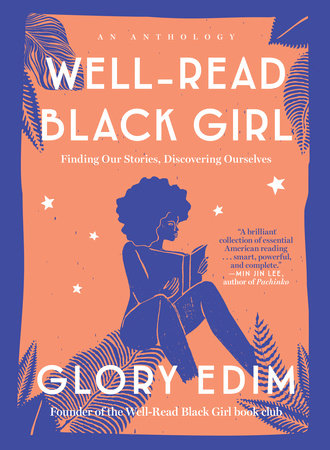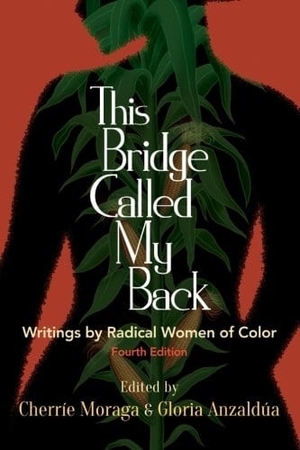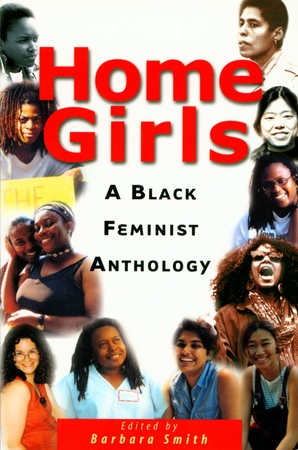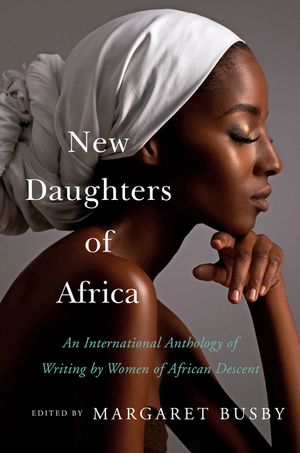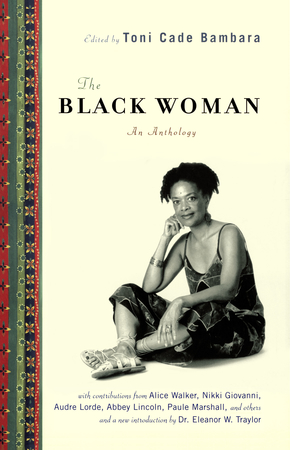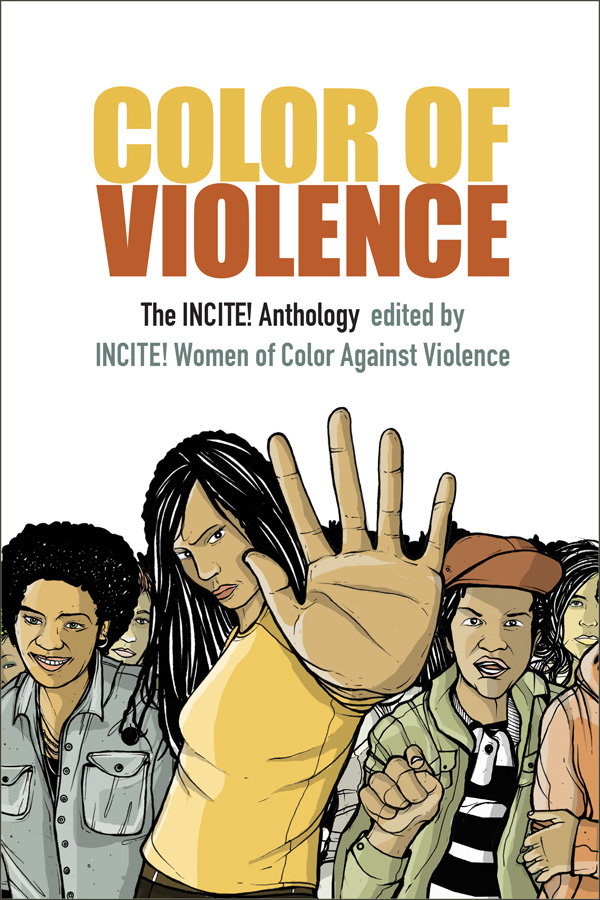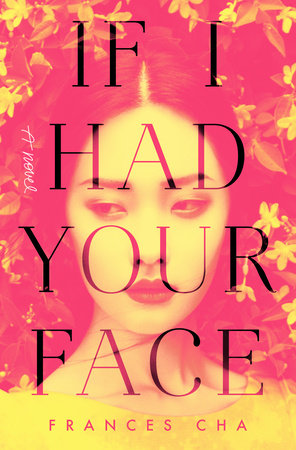Before you submit your work, run it through a grammar checker!
Here are several grammar checkers to choose from.
Trying to find a sense of community comes with the territory of being a writer. Whether you’re looking for the right writing contests or residencies, it’s hard to know where to begin and how to find the right home for your personal work.
But here’s the good news: You can finally stop stressing about where and who to submit your short stories — we took care of it for you.
In this guide, you’ll find 30 magazines and literary journals that publish short fiction (and nonfiction). Our list includes a mix of publications across various genres and styles, ranging from prestigious, highly competitive options to those specifically seeking new and emerging voices.
Plus, international writers, a lot of these are open to you, too!
30 outlets that publish short stories
While we’ll give you a brief idea of the flavor of each magazine and site, you’ll definitely want to spend some time reading your target publications before submitting to become familiar with the sort of pieces they prefer.
Ready to get started? Here’s where to send your short story submissions:
Might as well start with a bang, right? Adding publication in The New Yorker to your portfolio puts you in a whole new league, though it won’t be easy. Author David. B. Comfort calculated the odds of acceptance at 0.0000416 percent!
It accepts both standard short fiction as well as humorous short fiction for the “Shouts & Murmurs” section. No word counts are mentioned, though a quick scan of the column shows most pieces are 600 to 1,000 words.
Deadline: Open.
Payment: Huge bragging rights; pay for unsolicited submissions isn’t specified. As of this post’s publication, no rates specifically for short stories.
Another highly respected magazine, The Atlantic publishes both big names and emerging writers in fiction and nonfiction. Submission guidelines advise, “A general familiarity with what we have published in the past is the best guide to what we’re looking for.”
Deadline: Open. Fiction stories are submitted to fiction@theatlantic.com.
Payment: Unsolicited submissions are generally unpaid.
This quarterly arts magazine focuses on literature, arts and society, memoir and essay. Short stories should be no more than 4,000 words, while submissions to the “Table Talk” section (pithy, irreverent and humorous musings on culture, art, politics and life) should be 1,000 words or less.
Deadline: January to June
Payment: $400 for short stories; $200 for Table Talk pieces
https://deft-hustler-5314.ck.page/ea49836efe/index.js
One Story is just what the name says: a literary magazine that publishes one great short story every three to four weeks, and nothing more.
Its main criteria for a great short story? One “that leaves readers feeling satisfied and [is] strong enough to stand alone.” Stories can be any style or subject but should be between 3,000 and 8,000 words.
Deadline: January 15 – May 31 | September 3 – November 14
Payment: $500 plus 25 contributor copies
The Antioch Review rarely publishes more than three short stories per issue, but its editors are open to new as well as established writers. Authors published here often wind up in Best American anthologies and as the recipients of Pushcart prizes.
To make the cut, editors say, “It is the story that counts, a story worthy of the serious attention of the intelligent reader, a story that is compelling, written with distinction.” Word count is flexible, but pieces tend to be under 5,000.
Deadline: Open except for the period of June 1 to August 31, and no electronic submissions.
Payment: $20 per printed page plus two contributor copies
Thought-provoking is the name of the game if you want to get published in AGNI. Its editors look for pieces that hold a mirror up to the world around us and engage in a larger, ongoing cultural conversation about nature, mankind, the society we live in and more.
There are no word limits, but shorter is generally better; “The longer a piece is, the better it needs to be to justify taking up so much space in the magazine,” note the submission guidelines.
Deadline: Open September 1 to May 31
Payment: $10 per printed page (up to a max of $150) plus a year’s subscription, two contributor’s copies and four gift copies
Published by an independent nonprofit literary organization, Barrelhouse’s biannual print journal and online issue seek to “bridge the gap between serious art and pop culture.” Its editors look for quality writing that’s also edgy and funny — as they say, they “want to be your weird Internet friend.”
There’s no hard word count, but try to keep your submission under 8,000 words.
Deadline: Currently open for book reviews only. Check the webpage to see all open categories and sign up for the email list to receive updates on submissions.
Payment: $50 to print and online contributors; print contributors also receive two contributor copies.
The Cincinnati Review publishes work by writers of all genres and at all points of their careers. Its editors want “work that has energy,” that is “rich in language and plot structure” and “that’s not just ecstatic, but that makes its reader feel ecstatic, too.”
Fiction and nonfiction submissions should be no more than 40 double-spaced pages.
Deadline: September 1 to March 1
Payment: $25 per page for prose in journal
This cool quarterly is all about jumpstarting that pesky writer’s block. Each issue contains short fiction stories (300-5,000 words) that each begin with the same pre-assigned first line.
If you really want to get ambitious, you can also write a four-part story that uses each of that year’s first lines (which is due by the next year’s spring issue deadline). To find each issue’s assigned first line, check out the submission guidelines.
Deadline: February 1 (spring); May 1 (summer); August 1 (fall); November 1 (winter)
Payment: $25 to $50 (fiction); $25 (nonfiction) plus a contributor’s copy
Another one high on the prestige list, The Georgia Review features a wide variety of essays, fiction, book reviews and more across a wide range of topics. You can read specific requirements for each in the submission guidelines, but the common theme among them all is quality, quality, quality.
Bear in mind submitting requires a $3 processing fee if you’re not a subscriber.
Deadline: Opens on August 15
Payment: $50 per printed page; contributors also receive a one-year subscription to the quarterly and a 50% discount on additional copies of that issue
Boulevard Magazine is always on the lookout for “less experienced or unpublished writers with exceptional promise.” It accepts prose pieces (fiction and nonfiction) up to 8,000 words (note: no science fiction, erotica, westerns, horror, romance or children’s stories).
There is a submission fee of $3.
Deadline: Open November 1 to May 1
Payment: $100 to $300
Story Magazine is, you guessed it, all about the story, whatever shape it takes. Each issue — printed tri-annually in February, June and November — is “devoted to the complex and diverse world of narrative with a focus on fiction and nonfiction.” Luckily, you don’t have to stick to any formal guidelines in regards to style, content or even length; they consider all “short” narrative length work, from flash fiction to novellas. There is a $3 submission fee. .
Deadline: Open
Payment: Regular payment rate is $10 per page upon publication
Prefer to keep your short stories extremely short? Vestal Review publishes flash fiction of no more than 500 words. Its editors are open to all genres except for syrupy romance, hard science fiction and children’s stories, and they have a special fondness for humor. R-rated content is OK, but stay away from anything too racy, gory or obscene.
There is a submission fee of $2 for each submission.
Deadline: Submission periods are February to May and August to November
Payment: The author of an accepted print submission gets $25 and print copy; $10 for accepted web submissions.
Flash Fiction Online allows for slightly longer flash stories — between 500 and 1,000 words. Its editors like sci-fi and fantasy but are open to all genres (except for nonfiction and poetry!). As with Vestal, stay away from the heavier stuff like erotica and violence. What they’re looking for is developed, empathetic characters and discernible, resolved plots; and that can even be previously published work, which you’d submit in the reprint category.
Deadline: Open
Payment: $80 per story; two cents per word for reprints
Black Warrior Review publishes a mix of work by up-and-coming writers and nationally known names. Fiction pieces of up to 7,000 words should be innovative, challenging and unique; its editors value “absurdity, hybridity, the magical [and] the stark.”
BWR also accepts flash fiction under 1,000 words and nonfiction pieces (up to 7,000 words) that complicate western traditions of truth-telling, and “foregrounds the history of emotions rather than the history of facts.” There is a $3 submission fee.
Deadline: Submission periods are December 1 to March 1 and June 1 to September 1
Payment: A one-year subscription to BWR and a nominal lump-sum fee (amount not disclosed in its guidelines)
The Sun Magazine offers some of the biggest payments we’ve seen, and while its guidelines specifically mention personal writing and provocative political/cultural pieces, they also say editors are “open to just about anything.”
Works should run no more than 7,000 words. Submit something the editors love, and you could get a nice payday.
Deadline: Open
Payment: $300 to $2,000
A diverse publication that features both award-winning and emerging writers, VQR accepts short fiction (3,500 to 8,000 words) but is not a fan of genre work like romance, sci-fi and fantasy. It also takes nonfiction (3,500 to 9,000 words) like travel essays that examine the world around us.
Deadline: Submissions read July 1 to July 31
Payment: Generally $1,000 and above for short fiction and prose (approximately 25 cents per word) with higher rates for investigative reporting; $100 to $200 for content published online.
Ploughshares’ award-winning literary journal is published by Boston’s Emerson College. They accept fiction and nonfiction under 7,500 words and require a $3 service fee if you submit online (it’s free to submit by mail, though they prefer digital submissions). You can also submit your significantly longer work (7,500 to 20,000 words) to the Ploughshares Solos series!
Deadline: June 1 to January 15 at noon EST
Payment: $45 per printed page (for a minimum of $90 per title and a maximum of $450 per author); plus two contributor copies of the issue and a one-year subscription
Writers are in for a treat! Carve Magazine accepts poetry, short stories and nonfiction submissions, not exceeding 10,000 words. They accept literary fiction only and are not open to genre fiction (i.e. thriller, horror, romance, etc.). They also accept novel excerpts but only those that can stand alone in the story. There’s a $3 submission fee, but you can subscribe to the magazine to skirt past it.
Deadline: Open all-year-round from anywhere in the world.
Payment: Pays $100 and offers feedback on 5 to 10% of declined submissions.
Sci-fi and fantasy writers, this one’s for you. Daily Science Fiction is looking for character-driven fiction, and the shorter, the better. While their word count range is 100 to 1,500 words, they might consider flash series — AKA three or more flash tales built around a common theme.
Deadline: Open except for the period between December 24 to January 2
Payment: Eight cents per word, with the possibility of additional pay for reprints in themed Daily Science Fiction anthologies
This literary journal publishes fiction and flash fiction of no longer than 3,000 words, and it’s open to any genre as long as the story is well-crafted. To up your chances of catching the editors’ eyes, note that they like “strong characters whose motivations are not always known to us but can be explained within the confines of common sense,” as well as surprise endings (nothing gimmicky).
Deadline: Open
Payment: No pay specified
SmokeLong, a literary mag devoted to flash fiction, publishes flash narratives up to 1000 words — and that’s a firm word limit, so be sure to stick to it. The SLQ aesthetic remains “an ever-changing, ever-elusive set of principles,” but it most likely has to do with these kinds of things: language that surprises and excites, narratives that strive toward something other than a final punch line or twist, and more which you can see in the submission guidelines. Think you can handle that?
Deadline: Open
Payment: $50 per story upon publication in the quarterly issue
Fiction comes first for this short fiction and art magazine. Editors want your fiction of any genre, but they have a need for micro-fiction, flash, and short stories that are 2,000 words or less (but 1,500 is their sweet spot!). Creative nonfiction is also accepted for the bi-monthly Literary Orphans issue on the main website; just keep your story to 5,000 words max. Plus, teens under 19, there’s a category for you, too. Submit a story of no more than 3,000 words to its “TEEN SPIRIT” section
Because they receive a high volume of submissions, editors ask that you submit your *best* piece. But here’s where it gets interesting: If you can’t choose just one, send both! (As long as both stories combined don’t surpass 2,000 words.)
Deadline: Open
Payment: Not specified
The Master’s Review’s New Voices category is open to any new or emerging author who has not published a work of fiction or narrative nonfiction of novel length — not including authors with short story collections. Submit your flash fiction of 1,000 words or your piece of fiction or narrative nonfiction of up to 7,000 words. Though, editors are honest: There are no submission fees, but they’re highly selective.
Deadline: Open
Payment: A flat rate of $100 for flash-length stories; $200 for short fiction
Both emerging and established writers are encouraged to submit fiction or creative nonfiction stories that “engages the contemplative spirit of our journal and embraces curiosity and discovery rather than resolution.” Both genres are capped at a word count of 5,500 words.
Want another option? There’s no pay for this one (just contributor copies), but The Waking is Ruminate Magazine’s online publication space and they’re looking for short-form prose, fiction and nonfiction that is “holy, nutritious and crucial.” Keep your submissions to 1,000 words or less.
Deadline: July 2, 2020; fiction reading periods are April 1 to June 30; January 15 to June 30 for nonfiction
Payment: $20 per 400 words, plus contributor copies
Have you ever wondered where George R. R. Martin’s Daenerys Targaryen first appeared on the printed page? Well, this is it! An established market for science fiction stories, Asimov’s Science Fiction magazine has won numerous Hugo and Nebula Awards, and the writers they’ve published have led successful careers.
They want you to submit your character-oriented, “serious, thoughtful, yet accessible fiction,” but there’s room for humor as well. While science fiction dominates what the magazine publishes, you’re welcome to submit borderline fantasy, slipstream and surreal fiction — steer clear of sword and sorcery, explicit sex or violence. While there’s no specific word count, ASF seldom buys stories shorter than 1,000 words or longer than 20,000 words.
Deadline: Open
Payment: 8 to 10 cents per word for short stories up to 7,500 words; 8 cents per word for each word over 7,500
Got a fresh voice and a compelling story to share? This one’s for you. To bridge the gap between emerging and established authors, SLICE offers a space where both are published side-by-side. In each issue, a specific cultural theme becomes the catalyst for articles, interviews, stories and poetry from renowned writers and lesser-known voices alike. Short fiction and nonfiction submissions should be 5,000 words max.
Deadline: Stay tuned to the guidelines page to find out when the next deadline is announced
Payment: $400 for stories and essays; $150 for flash fiction pieces; $100 for poems
Cricket Media wants to publish your finest quality writing for children of all ages in one of its four literary magazines — you have options! Open to submissions from writers of every level of experience, CM’s mags are interested in a lot of things, no matter what genre: realistic contemporary fiction, historical fiction, science fiction and fantasy, folk tales, myths and legends, humor, and even westerns. Their advice? Focus on telling a good story that’s well-plotted, character-driven and has a satisfying conclusion.
Most stories are 1200 to 1800 words in length; however, they occasionally serialize longer stories of up to 6,000 words.
Deadline: Varies; check the guidelines to learn the deadlines for each lit mag
Payment: Up to 25 cents per word
Horror writers, you’re up! A fairly new literary journal, The Dark Sire is a quarterly online and print journal that “explores speculative fiction works for enthusiasts” of gothic, horror, fantasy and psychological realism in short fiction, poetry and art. Subjects of particular interest include: vampires, monsters, old castles, dragons, magic, mental illness, hell, disease and decay of society. No word count.
Deadline: Open
Payment: None, but they promote writers through author events, social media outreach and the (in development) TDS podcast
Based at Amherst College, The Common is an award-winning print and digital literary journal published biannually in the fall and spring. They seek fiction and nonfiction stories and dispatches (800-word notes, news and impressions from around the world) that “embody a strong sense of place: pieces in which the setting is crucial to character, narrative, mood and language.” Stick to a 10,000 word-count and you’re solid. There is a $3 submission fee.
Deadline: Reading periods are March 1 to June 1 and September 1 to December 1; subscribers can submit for free year-round
Payment: $100 for fiction and nonfiction submissions; $50 per dispatch
The original version of this story was written by Kelly Gurnett. We updated the post so it’s more useful for our readers.
Photo via Nito/ Shutterstock
The post Where to Submit Short Stories: 30 Magazines and Websites That Want Your Work appeared first on The Write Life.
